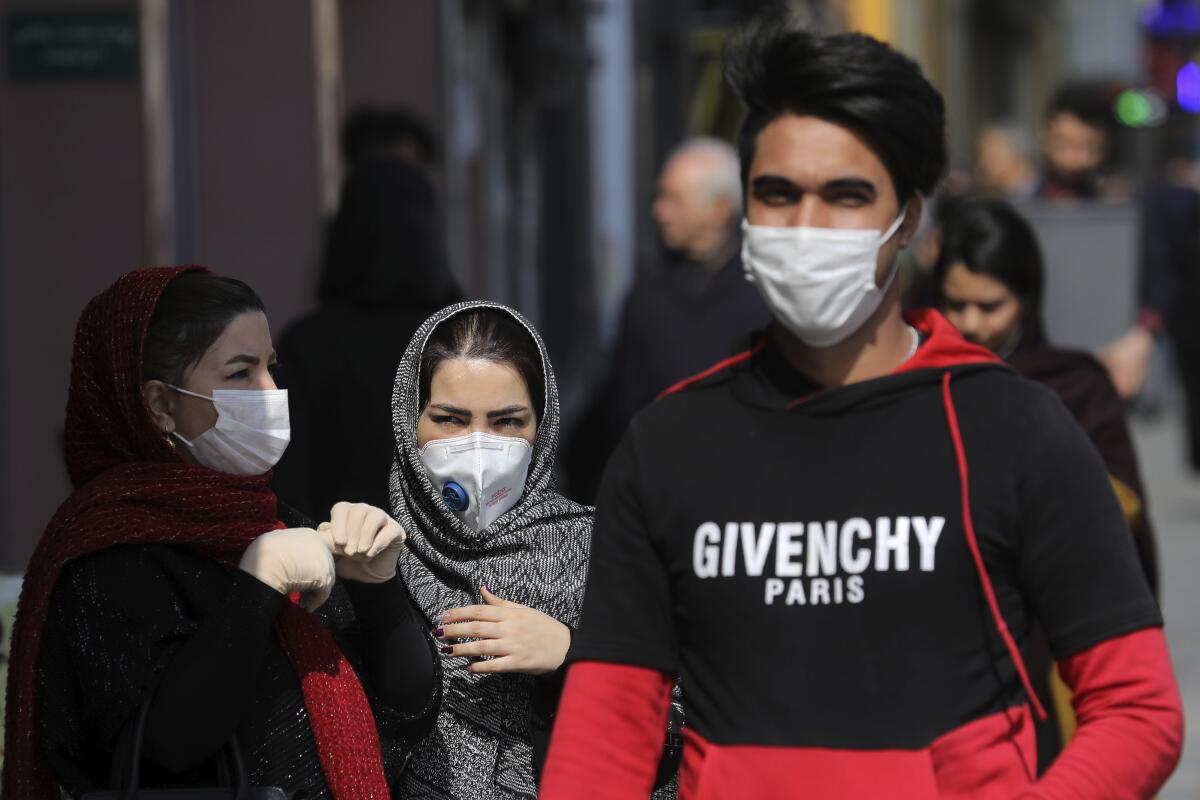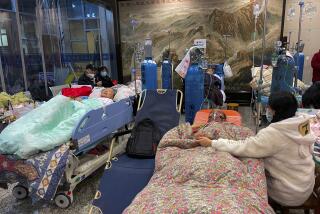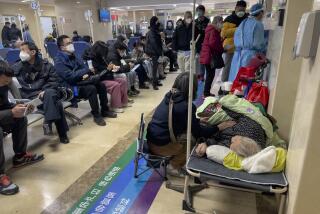Iran says 12 dead from coronavirus, rejecting a higher death toll

DUBAI, United Arab Emirates — Iran’s government said Monday that 12 people had died nationwide from the new coronavirus, rejecting claims of a much higher death toll by a lawmaker from the city of Qom that has been at the epicenter of the virus in the country.
The conflicting reports raised questions about the Iranian government’s transparency concerning the scale of the outbreak.
Five neighboring countries reported their first cases of the virus, with those infected all having links to Iran, including direct travel from a city where authorities have not even reported a confirmed case.
Iran’s Health Ministry said the total number of infections had risen to 61, while deaths stood at 12. But a lawmaker from Qom, Ahmad Amirabadi Farahani, was quoted by the semi-official ILNA news agency as saying that the death toll was 50.
Even with the lower toll of 12, the number of deaths compared to the number of confirmed infections from the virus is higher in Iran than in any other country, including China and South Korea, where the outbreak is far more widespread.
The World Health Organization said last week that in 2% of infected cases, the virus has been fatal. In Iran, according to the Health Ministry’s figures, the death toll represents nearly 20% of total infections.
There are concerns that clusters of the new coronavirus in Iran, as well as in Italy and South Korea, could signal a serious new stage in its global spread.
Authorities in Iraq and Afghanistan, which closed their borders with Iran, announced their first confirmed coronavirus cases on Monday. Kuwait, Bahrain and Oman also announced their first cases. In all five countries, the infected patients had links with Iran.
Farahani, the lawmaker, said the 50 deaths in Qom date back to Feb. 13. Iran first officially reported cases of the virus and its first deaths on Feb. 19.
He did not provide supporting evidence but said more than 250 people are quarantined in Qom, which is known for its Shiite seminaries that attract students from across Iran and other countries. Schools there have been closed.
“I think the performance of the administration in controlling the virus has not been successful,” Farahani said, referring to the government of President Hassan Rouhani. His comments represent the most public criticism levied yet against the government for its handling of the virus, which originated in China in December.
“None of the nurses have access to proper protective gear,” Farahani said, adding that some healthcare specialists had left the city. “So far, I have not seen any particular action to confront corona by the administration.”
He spoke following a session in parliament in Tehran. His comments, first published by ILNA, were later carried by other news agencies in Iran.
While such harsh criticism is rare in the country, it reflects deep public mistrust of the government, particularly since a Ukrainian passenger jet was shot down by Iran on Jan. 8, killing 176 on board amid heightened tensions with the U.S. Iranian government officials at first tried to conceal the cause of the crash before acknowledging that Revolutionary Guard forces had shot it down, mistaking it for an enemy target.
Health Ministry spokesman Iraj Harirchi rejected the lawmaker’s comments, but said about 900 other suspected cases are being tested.
“No one is qualified to discuss this sort of news at all,” Harirchi said, adding that lawmakers have no access to coronavirus statistics and could be mixing figures on deaths related to other diseases like the flu with the new virus.
Mohammad Tavakoli, a representative of the health minister in Qom, said 320 people suspected to have the infection have been hospitalized, the semi-official Mehr news agency reported. He added that 21 people who had been infected had recovered and were released from hospitals.
Asked about the spike in cases in Iran, WHO’s emergencies program director Michael Ryan cautioned that in the first wave reported from a country, only the deaths may be being picked up and therefore are over-represented.
“The virus may have been there for longer than we had previously suspected,” Ryan said. “Sometimes when you see an acceleration of cases and a spread from that, it doesn’t necessarily represent the natural transmission dynamics of the virus.”
He added that it is “very much driven by the context,” such as whether there’s been a religious gathering.
More to Read
Sign up for Essential California
The most important California stories and recommendations in your inbox every morning.
You may occasionally receive promotional content from the Los Angeles Times.









